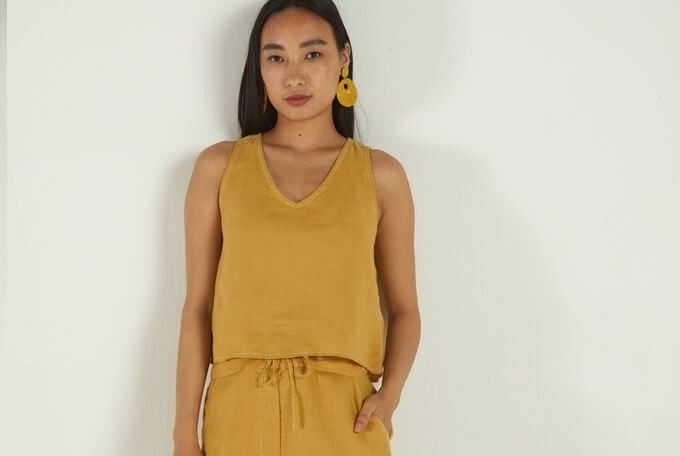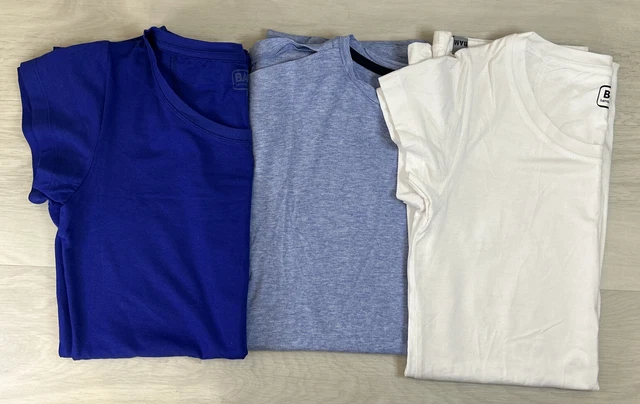Handy Suggestions For Picking Hemp Clothes
Wiki Article
What Can Hemp An Environmentally Sustainable Crop In Terms Of The Use Of Water, Pesticides And Herbicides Compared With Cotton?
The hemp plant is thought to be more sustainable than cotton in terms of herbicides, pesticides and water usage, among others.
Hemp- Hemp has a relatively lower requirement for water when compared with other crops like cotton. It is a drought tolerant plant and can survive with little irrigation. Hemp is able to be grown in many regions using only rainwater, which makes it a water-efficient option.
CottonThe conventional cotton is known for its heavy water use. The cultivation of cotton often requires extensive irrigation, which can reduce local resources of water and cause the water crisis in regions that are stressed by water. The cultivation of cotton is a water-intensive activity, raising concerns about its sustainable nature.
Herbicides and pesticides
Hemp: Hemp has a natural defense against various insects. This means that it is less need of synthetic pesticides. The chemical use in hemp is less than other crops like cotton. Organic hemp can be grown virtually pesticide free.
Cotton - The conventional cotton farming industry rely heavily on herbicides and insecticides that are synthetic in order to control pests. These chemicals have negative effects on the natural environment. This includes soil and water contamination and also damaging animals that are not targeted and resistance to pesticides.
In the end the hemp crop has been found to be more sustainable contrasted with cotton. This is due to the fact that it makes use of less water, pesticides and herbicides.
Hemp is a crop that requires less water than most other crops. It is also able to be grown without irrigation or rainfall.
Hemp is a natural ally to numerous diseases and pests and reduces the need for synthetic pesticides.
Hemp production is less dependent on synthetic pesticides compared to cotton.
It is also crucial to understand that environmental-friendly practices and sustainable farming techniques can differ based on the location and growers. The organic farming method also contributes to the long-term sustainability of hemp as in cotton, by reducing synthetic chemicals used and improving the health of the soil. In terms of the impact of climate change on clothing and textiles choosing organic and sustainably made fibers will reduce the ecological footprint. See the recommended hemp clothes for more info including nomad hemp wear, hemp shorts patagonia, hemp pants mens, 100 hemp clothing, american made hemp clothing, hemp tees, mens hemp clothing, hemp underwear, clothes made from hemp, hemp shirts wholesale and more.

What Are The Advantages Of Hemp Fibers In Terms Of Carbon Sequestration?
Hemp fibers are a great source of carbon sequestration, sustainability, and crops rotation in many ways and are therefore an environmentally green choice for production of textiles and agriculture Carbon Sequestration
Hemp is an extremely fast-growing plant that is extremely fast-growing. It can mature in as little as 70 to 120 days according to the variety and the conditions. In their rapid growth phase hemp is able to absorb carbon dioxide from the atmosphere through photosynthesis. This carbon uptake can significantly contribute to carbon sequestration reducing CO2 levels in the atmosphere.
Hemp is well-known for its high production of biomass. The thick foliage and the tall stalks of hemp produce massive amounts of organic matter. If this biomass is used in the soil for various purposes, it can aid in increasing the amount of organic carbon.
Sustainability:
Low Chemical Use- Hemp cultivation usually requires less synthetic pesticides and herbicides than other crops, like cotton. Its natural resistance to many insects and diseases minimizes the need for chemical interventions. The organic hemp cultivation, particularly, emphasizes sustainability by avoiding synthetic chemicals altogether.
Water Efficiency- Hemp is a relatively water-efficient crop that can flourish with minimal irrigation, especially when compared to traditional cotton that is water-intensive. This makes it a viable option in regions where water is scarce.
Soil Health- Hemp's deep root system can boost soil health. The roots of the plant help to prevent erosion of soil by stabilizing the soil's structure and reducing runoff. Hemp cultivation can also boost the activity of soil microbial organisms which helps to improve nutrient cycling and overall soil fertility.
Hemp can be used in crop rotation. Crop rotation means alternating crop varieties in a field over duration. This method helps break the cycle of disease and pests as well as reduce soil erosion and improve the soil structure. Hemp’s role in crop rotating can contribute to sustainability.
Crop Rotation-
Hemp plants can be rotated with other crops like legumes, grains and vegetables. Diversification assists farmers in maintaining soil health and reduce disease and pests. It also helps to maintain balanced cycle of nutrient production.
Hemp roots penetrate soil and aerate it, which decreases compaction and increases the infiltration of water. The soil's structure improves following a hemp harvest that benefits other crops.
In short, hemp fibers could help improve carbon sequestration methods sustainable, crop rotation and water efficiency due to their rapid growth, biomass production and minimal chemical demands. These characteristics make hemp production an environmentally sustainable and regenerative agricultural practice. The fibers that result can be used for textiles and other environmentally friendly applications. Take a look at the best her response about hemp clothes for site tips including hemp cotton fabric, hemp garments, patagonia hemp work pants, patagonia hemp vest, hemp fleece fabric, wholesale hemp fabric, patagonia hemp overalls, patagonia hemp island pants, patagonia double knee pants, patagonia island hemp pants and more.

What Are The Benefits Of Wearing Bamboo Clothing For Environmental And Comfort.
Bamboo clothing offers many advantages for both the comfort of the wearer as well as their surroundings.
The softness of bamboo is well-known for being exceptionally soft. It is a silky smooth texture that feels comfortable against the skin. Bamboo clothing is a favorite due to its soft, luxurious feel, which makes it an excellent choice for loungewear, activewear and intimate clothes.
Breathability - Bamboo fibers are naturally breathable and moisture-wicking. Air circulates through the micro-gaps, keeping you cool in the hottest temperatures. The properties that wick moisture away from the fabric aid in removing sweat from the skin. This helps reduce the feeling that garment is damp.
Bamboo clothing has great thermoregulatory qualities. Bamboo clothing keeps your body warm in colder temperatures, by trapping warmth close to your body. It can also help you to stay cool during hot temperatures because it lets the excess heat and moisture to escape. Bamboo clothing can adapt to different temperature makes bamboo clothing ideal for wear all year round.
Hypoallergenic bamboo fabric is hypoallergenic, and gentle for sensitive skin. It is less likely to cause allergies or irritation. This makes it an ideal option for people with skin sensitivities and allergies.
Bamboo fibers naturally have antimicrobial properties, and can stop the growth of the bacteria that produce the odor. This can help maintain the freshness of bamboo clothing even when you are doing physical exercises.
Environment-
Sustainability- Bamboo is a renewable and sustainable resource. It is one among the fastest-growing species and requires minimal water. It doesn't require herbicides, pesticides, or any other chemical are needed for its cultivation. Bamboo can be harvested without damage to the plant since the roots rejuvenate.
Bamboo is naturally water-efficient. It is able to thrive without much irrigation and is often developed by the rain alone. This can help reduce the environmental impacts that come with agricultural water usage.
Biodegradability - Bamboo clothing breaks down naturally after a period of time, even before it is removed from the landfill. This reduces the amount in landfills of nonbiodegradable fabrics.
Carbon Sequestration. Bamboo plants are able to sequester carbon dioxide out of the air as they expand quickly. Bamboo farming is a great way to reduce greenhouse gas emissions and act as a source of carbon.
Chemical Reduction- The manufacture of bamboo fabrics typically requires fewer chemical treatments and processing steps compared to other textiles, thus reducing the environmental impact resulting from the production of textiles.
Closed-Loop Production- A few bamboo fabric manufacturing processes employ closed loop systems that recycle and reuse water as well as chemicals, minimizing the amount of waste and pollution.
It is important to remember that the environmental impact can vary depending upon the process of manufacturing, and whether or not the bamboo used was sourced from sustainably managed and ethically managed bamboo forests. Bamboo clothing made using eco-friendly practices will provide the greatest environmental benefit. See the most popular her latest blog about bamboo clothes for blog advice including bamboo t shirts ladies, bamboo cotton shirts, bamboo pants mens, bamboo sweatshirt, bamboo infant clothing, boody bamboo underwear, bamboo pajama pants, lisa frank bamboo pajamas, mens boxer shorts bamboo, mens bamboo boxer shorts and more.
